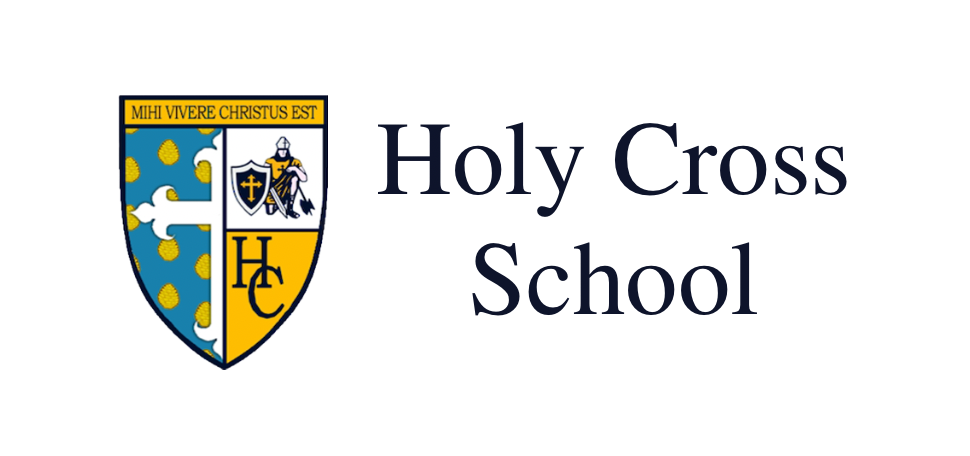1st Grade Curriculum
Language Arts and Writing
First graders use leveled reading books, in the Reading A-Z program, UFLI Foundations and MyView Literacy to:
- Build foundational reading skills
- Strengthen decoding skills and reading fluency
- Develop comprehension skills
- Read nonfiction
- Produce fiction and nonfiction writing
- Cultivate writing mechanics
- Read and write poetry
- Use Writer’s Workshop
Social Studies
Students continue to learn about communities and citizenship before diving into studies on families of long ago and today, the Pilgrims and Wampanoag Indians, holidays around the world, geography, and America.
Science
In addition to building on information learned in previous grades, first graders continue to explore animal plant traits and survival, studies on the Earth’s Sun and Moon, and light, and magnetism.
Religion
Building on concepts learned in kindergarten, 1st graders begin to grow their understanding of the life and work of Jesus as well as the Sacraments. The Circle of Grace curriculum is taught to provide a holistic approach to the safety, well-being, and spiritual formation of children and youth. First graders attend weekly Mass with the help of their 6th grade Prayer Partners.
Math
First graders continue their work in the Sadlier Progress in Mathematics series and participate in whole group lessons as well as small groups following the Guided Math Workshop model. In 1st grade students will:
- Meaningfully recall addition and subtraction facts through 12
- Demonstrate understanding of the place value system
- Demonstrate understanding of the meaning of addition and subtraction operations and the relationship between them
- Use symbols to represent numbers in mathematical situations
- Create, extend, and describe repeating patterns
- Identify sphere, cube, cone, cylinder, rectangular and triangular prism, and pyramid
- Measure an object using standard and non-standard units in a variety of attributes such as weight, volume, length, width, or height
- Demonstrate understanding of and tell time to the nearest half-hour using an analog clock
- Represent data using bar graphs, models, or pictures
- Develop problem solving skill
